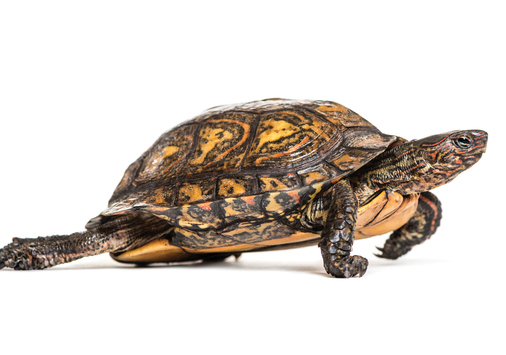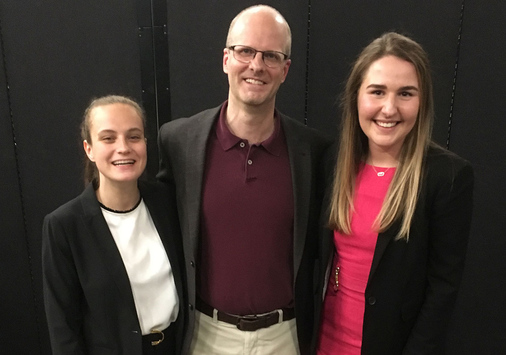Scott Kirkton graduated from Denison in 1997, summa cum laude, with a degree in biology. Today, he is a professor of biology himself at Union College, where he was just awarded the Stillman Prize for Faculty Excellence in Teaching.
“My research program at Union College asks fundamental questions about body size using insects, the most diverse and evolutionarily successful animals on the planet,” says Kirkton. “Specifically, I study how an insect’s body size alters the biochemistry, morphology, physiology and biomechanics of oxygen delivery, muscle performance and locomotion.”
One study he conducted looked at the relationship between molting and oxygen levels in grasshoppers.
“With each molt, grasshoppers shed their exoskeletons and emerge into new ones that provide room for growth,” Kirkton explained. “During the six stages of their lifecycle, they get progressively larger.”
This means that grasshoppers’ insides are essentially too big for their outsides near the end of each stage, and organs for breathing (air sacs and tracheae) might get compressed.
“These grasshoppers, Schistocerca americana, emerge as 10-milligram juveniles and become 2.5-gram adults in about six weeks. That’s a 250-fold weight increase,” Kirkton said. “It’s equivalent to an 8-pound baby being 2,000 pounds after six weeks.
“We propose that if late-stage grasshoppers have trouble breathing and oxygen delivery is reduced, molting might occur to increase exoskeleton size and alleviate respiratory system compression.”














